Cyber-Physical Security Convergence: How Integrated Systems Fight Evolving Threats
The Intersection of Cyber and Physical Security
Cyber-physical security isn't some flashy tech trend—it's the reality we're living in. The demarcation between digital and physical security doesn't exist anymore, and evolving threats are worse than ever, demanding a unified protection approach to counter them. Cyber-physical security amalgamation, the action of connecting disparate platforms, allows security professionals to be more proactive in the prevention of threats. Because in today's world, if your security platforms are not unified, they are already broken.
Let's look at some key areas!
Access Control & Biometric Authentication
Artificial Intelligence-based Identity verification and biometric scans form a multi-layered defense that fortifies security parameters and protection protocols.
AI-based ID verifications enhance security, allowing proactive monitoring and response.
AI-Enhanced Video Surveillance
AI-enhanced video surveillance has integrated capabilities to leverage facial recognition and behavioral analytics to predict and report suspicious activity.
Intrusion Detection & Threat Intelligence
AI-powered sensors can provide predictive analytics and enable proactive threat identification in the world of reactive threat mitigation.
Cybersecurity & Network Defense
Cybersecurity can utilize automatic threat intelligence, endpoint security, and firewalls to neutralize digital intrusions before they impact your security systems.
Autonomous Drones & Robotics
Situational awareness has seen new heights since the advent of autonomous drones and robotics as they augment human responses to potential security threats.
Why Convergence Matters: The Business Case for Integration
Conventional security infrastructures can be termed a liability as they cannot withstand modern threats and leave the security system vulnerable. Unified cyber-physical security advantages over the conventional system:
Real-Time Threat Detection – AI-driven analytics extract data from real-time statistics, send immediate alerts, and propel an almost emergent response before the damage can occur. This allows security professionals to be proactive in mitigating threats.
Operational Efficiency – Discussing the operational efficiency of Artificial Intelligence and comparing it to conventional security operations is like debating whether a rocket is faster than a bicycle.
Regulatory Compliance & Risk Management – Some industries, such as finance, healthcare, and critical infrastructure, operate under strict security compliances. Cyber-physical security measures can meet compliance standards more effectively.
Enhanced Incident Response – Cross-domain data sharing can speed up the investigation process and help resolve security breaches.
Industries at the Forefront of Convergence
Cyber-physical security is reshaping how industries mitigate risks and vulnerabilities!
Critical Infrastructure: Infrastructure like power grids, transportation networks, and water treatments are starting to embrace AI-driven metrics and cybersecurity to operate seamlessly without disruptions.
Healthcare & Biotech: Securing medical research, patient data, and physical facilities from cyber and physical security threats.
Commercial Real Estate & Corporate Campuses: AI-powered access control in smart buildings can boost occupant safety through advanced monitoring and real-time threat detection.
Technology & Software Enterprises: Protecting intellectual property and digital assets from cyber and physical security threats. Intellectual property and digital assets can be secured not only from cyber-intrusions but also from insider threats.
The Road Ahead: The Future of Security Convergence
AI can be a double-edged sword. Not only can it help security frameworks become more active, but AI can also provide new innovative ways to breach conventional security measures with great ease. Hence, IT and physical security professionals must work in physical and digital arenas if they want to provide the highest level of safety and security. The era of predictive analytics-based proactive response isn't a dream; it's the here and now, and it will only be getting better.
SAGE Integration isn't just another security integration provider. We are bridging the gap between physical and cyber security with solutions that work.
SAGE Integration is constantly researching the fusion of cyber-physical security to effectively neutralize threats and partnering with innovative technology partners by driving the tip of the spear with innovative security solutions.
Conclusion
Organizations must stay ahead of an attacker by acting decisively, which means utilizing a technology that combines cyber-physical security technologies. Security professionals can't let their security measures be at the mercy of those old-out technologies. Enterprises that adapt themselves to an integrated cyber-physical security approach will stay ahead of pending threats.
Contact us today to explore how SAGE Integration can protect your business, organization, hospital, and critical infrastructure facility from cyber-physical security threats.
Be sure to check out our partners Honeywell, SAGE Fence, Ambient AI, and HiveWatch.
Copyright 2025
Disclaimer: A portion of the text in this article may have been created by or utilized to enhance SEO, grammar, spelling, punctuation, and other writing elements through AI, which aims to be informative and helpful.
